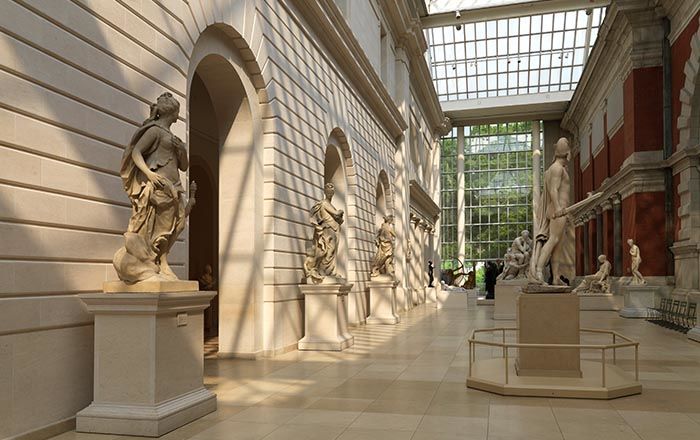William Beckford (1709–1770)
based on print published by Robert Sayer British
Not on view
Twice Lord Mayor of London, William Beckford made his considerable fortune from the exploitation of enslaved African labor on more than a dozen Jamaican sugar plantations. This portrait miniature is based on a full-length mezzotint published by Robet Sayer during Beckford’s second mayoral appointment.
Enameled objects like this one were intended to imitate the lustrous quality of porcelain at more affordable prices. By the middle of the eighteenth century, technological innovations had made it possible to roll copper, instead of the far costlier gold, into very thin sheets. Powdered glass mixed with minerals (to determine the opacity and color of the enamel) would then be applied onto the copper sheets and fired at high temperatures. A design—whether a famous portrait, generic pastoral scene, or floral motif— could be painted on by hand or copied from an engraving through the newly invented process of transfer printing. Many enameled objects combined both methods of decoration and would be refired after the application of each new layer or color.
This image cannot be enlarged, viewed at full screen, or downloaded.
This artwork is meant to be viewed from right to left. Scroll left to view more.



